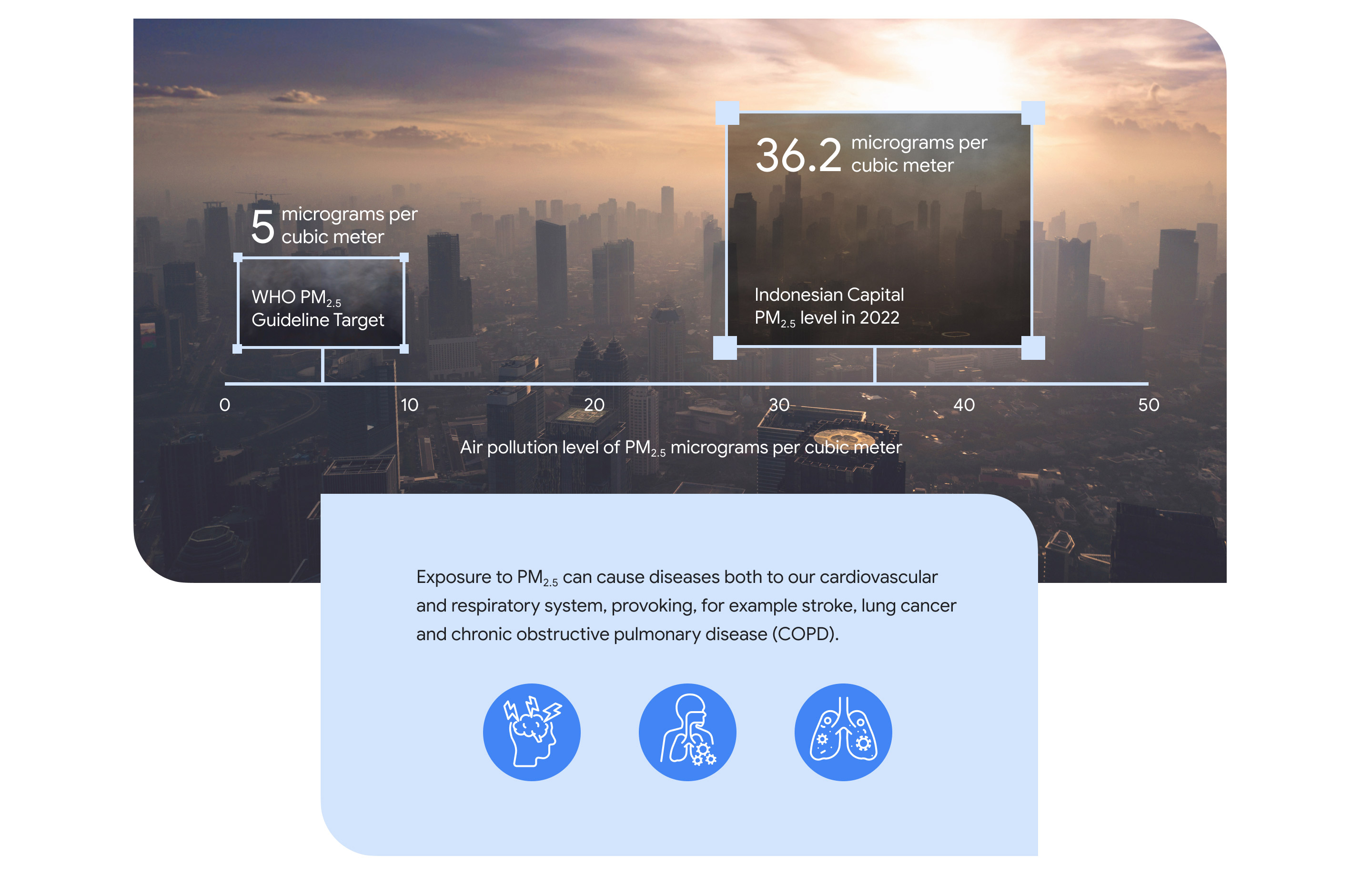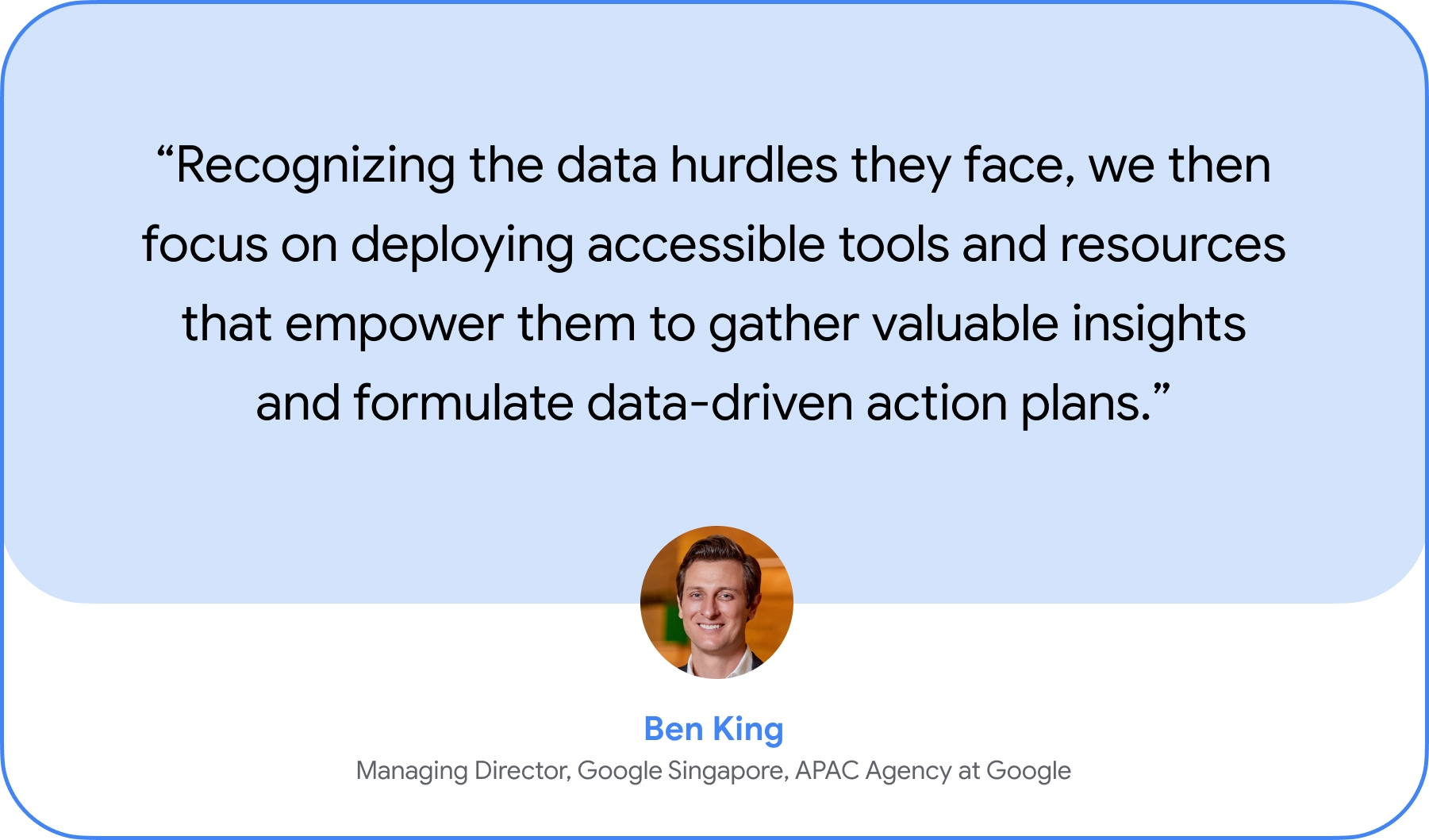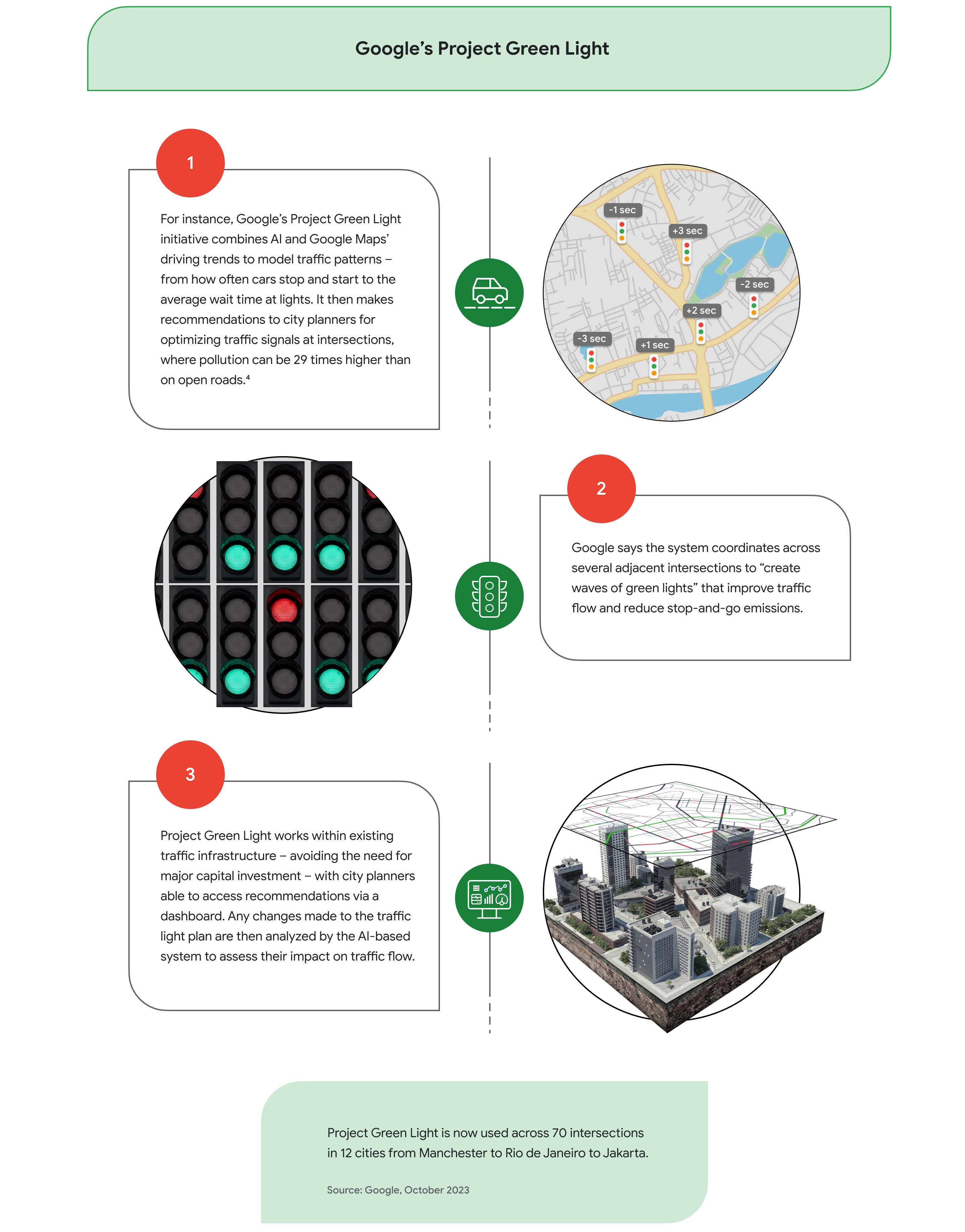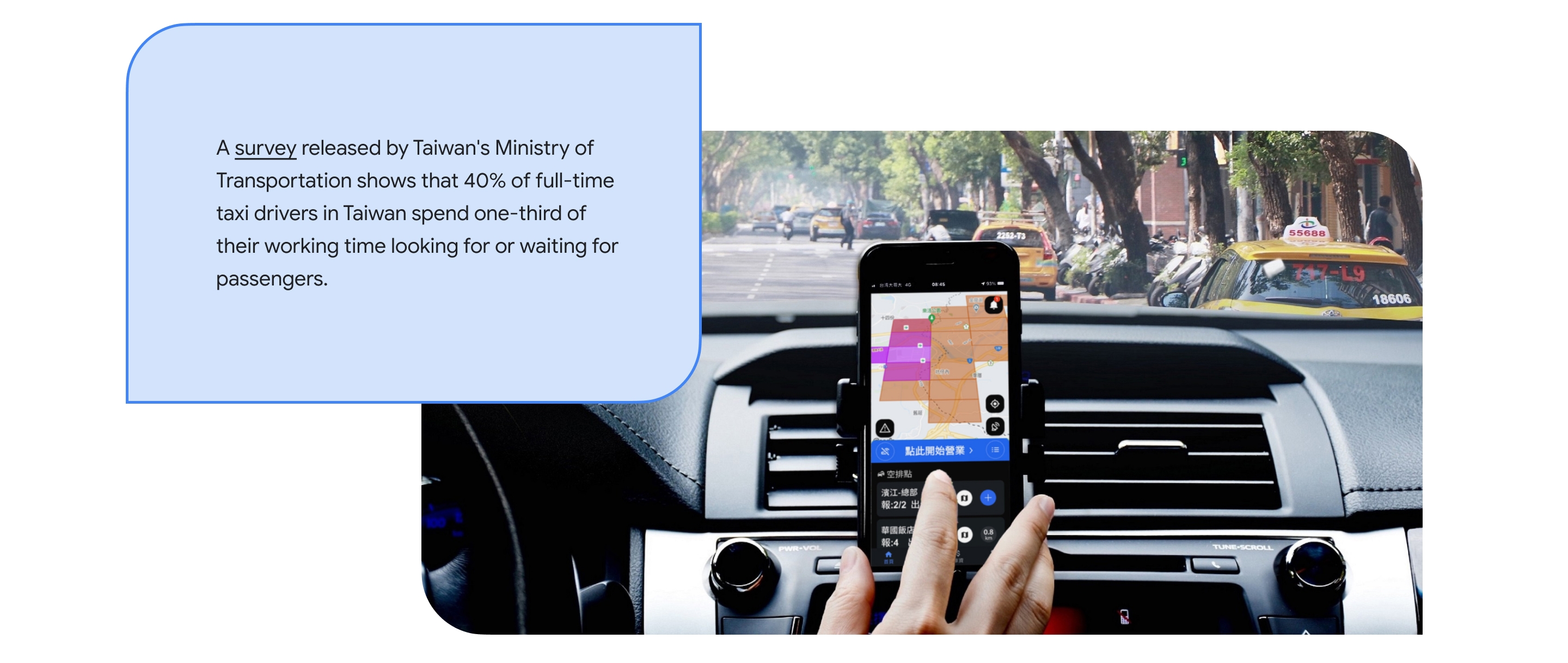Putting the Brakes on Urban Congestion
How technology is being deployed to tackle gridlocked roads – and reduce associated carbon emissions.
The world’s cities contribute to and suffer from climate change.
On one hand, they account for more than 70% of global CO2 emissions,1 most of which come from industrial and transport systems powered by fossil fuels. On the other hand, many of these urban centers are located close to water, making them vulnerable to rising sea levels and extreme weather events.
The situation is particularly dire in Southeast Asia, where many of its major cities are increasingly choked and congested as they expand quicker than the global average.2 Jakarta, for instance, experiences an influx of 10 million commuters from outside the city each day, doubling its population and the number of cars traveling on its roads.3

While the 10 members of the Association of Southeast Asian Nations (ASEAN) – which includes Indonesia – are taking steps to decarbonize, this is not happening quickly enough to meet targets set out in the Paris Agreement, especially when it comes to minimizing the carbon footprint of its cities.

A new report from Google, “The Road to Sustainability: Digital Technologies as a Key Enabler for Climate Action,” underscores the importance of digital technologies such as artificial intelligence in accelerating mitigation efforts. And it identifies three key ways to harness its full potential:

“A robust digital infrastructure is paramount,” says Ben King, Managing Director, Google Singapore. “It must be accessible to everyone, inclusive and kind to our planet. And we should use data to supercharge both individual and collective climate change action, connecting global solutions to local stories.”

For cities struggling with increasing congestion and the resulting emissions, digital technology may well provide answers where costly alternatives, such as expanding the roads system, have failed.
Some urban centers, including Jakarta, have now turned to AI-based solutions.
For Jakarta, where the number of private cars on the road continues to increase, Green Light could be transformative. Initial data from the 12 cities where the system has been deployed since 2023, indicates a potential 30% reduction in vehicle stops and a 10% decrease in emissions at intersections.5

AI is also being deployed to tackle another significant contributor to our choked cities: the urban taxi.
While taxis usually comprise only a small percentage of the total number of motor vehicles on roads, they normally account for high daily mileage and long operating times – and are often idling or cruising around empty looking for passengers. This burns fuel, adds to traffic congestion, and generates unnecessary CO2 emissions.
However, Taiwan’s biggest taxi service partnered with Google to come up with a solution to help drivers find passengers quickly and reduce their carbon emissions.
55688 Group Taiwan Taxi – which operates 25,000 vehicles – leveraged Vertex AI, Google’s cloud-based machine-learning tool, to create an app able to accurately predict ride-hailing hotspots 15 minutes in advance by analyzing the company's historical passenger records. “We not only match passengers and drivers in real time, we can even predict the presence of passengers nearby. Currently, the accuracy of this AI model is as high as 96%,” explains Tracy Lin, CEO of 55688 Group.
According to the company, the app has reduced the idle time of drivers working between 8 and 14 hours per day by an hour a day, while the number of empty vehicles each day has decreased by 8%. And this has saved drivers an average of $156 per month in fuel.

If brought to scale, WEF6 estimates show that digital technologies like AI could help to reduce emissions by 20% by 2050 in the three highest-emitting sectors: energy, materials, and mobility.
But the process must be collaborative. Climate action is most effective when the public and private sectors are aligned.
“We actively engage with national decision-makers, nonprofits and organizations around the globe, understanding their most pressing climate challenges and the critical need for localized solutions,” says Google’s King.



